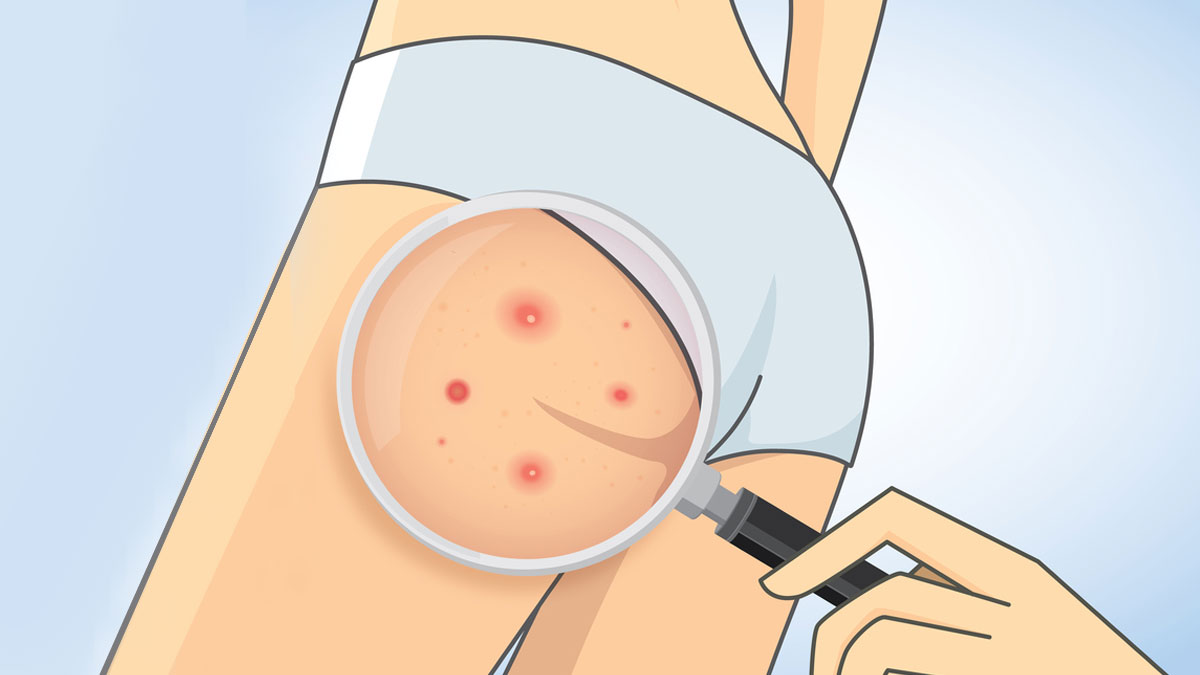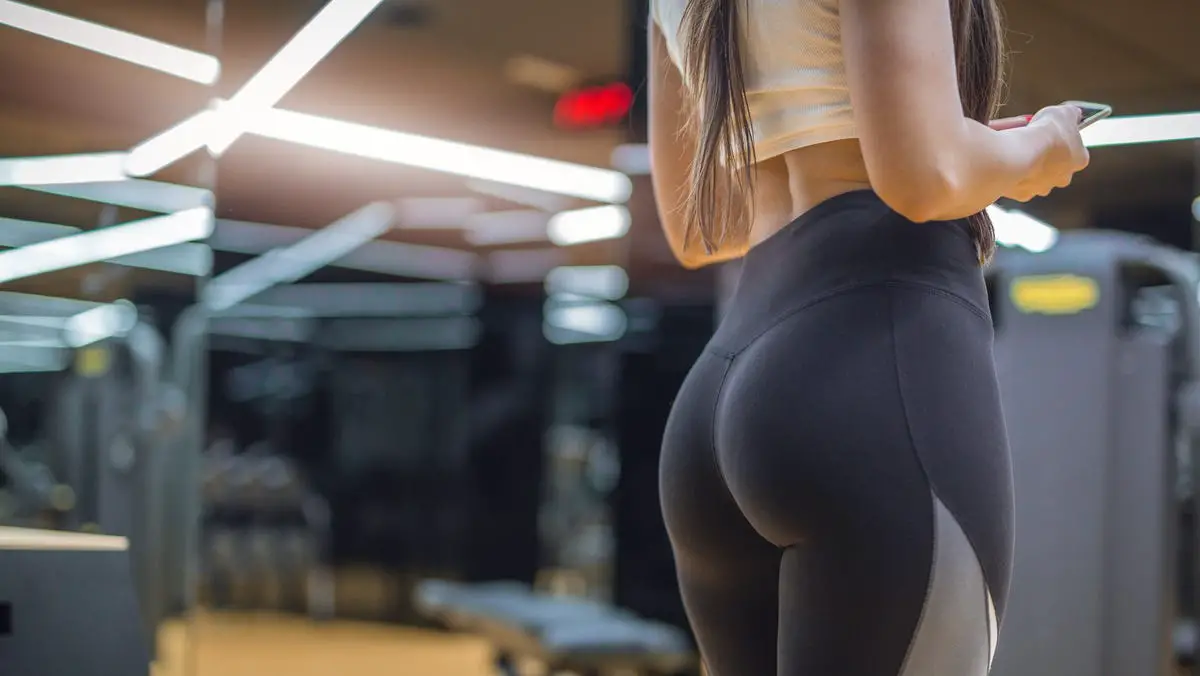Does Heat Make KP Worse? Understand the Impact on Skin
As a beautician, understanding the nuances of skin conditions is pivotal in providing the best care to clients. One common question that arises is: does heat make KP worse? Keratosis Pilaris (KP) is a skin condition that affects a significant portion of the population, with its rough, bumpy texture often causing aesthetic concerns. The correlation between heat and the exacerbation of KP symptoms is a topic worth exploring, especially for those in the beauty industry who are tasked with offering effective solutions and advice.

Understanding Keratosis Pilaris
Keratosis Pilaris, commonly referred to as KP, is a benign skin condition characterized by small, hard bumps that are often light-colored. These bumps generally appear on the upper arms, thighs, cheeks, or buttocks and are caused by the buildup of keratin, a protein that protects the skin from infections and other harmful substances. Despite being harmless, KP can be cosmetically displeasing, leading many to seek treatment options.
Beauticians often encounter clients with KP, seeking guidance on how to manage or reduce its appearance. While KP cant be cured, several treatments can help minimize its appearance, including moisturizers, exfoliation, and other skincare routines. A deeper understanding of KP can be found in [this detailed guide](https://livananatural.com/blogs/news/keratosis-pilaris-safe-exfoliation).
The Role of Heat in Worsening KP
The question of whether or not heat makes KP worse is multifaceted. Essentially, heat can indeed exacerbate the symptoms of KP for several reasons. Firstly, heat can lead to increased sweating, which may contribute to the clogging of hair follicles, thus worsening the appearance of KP. Additionally, heat can cause the skin to become drier, especially if humidity levels are low, leading to more pronounced KP symptoms.
For beauticians, advising clients to avoid excessive heat exposure and suggesting ways to keep cool can be beneficial strategies. Emphasizing the importance of regular moisturizing can also help combat dryness, a common issue that arises with both heat and KP.
Impact of Clothing and Environment
Clothing choices can significantly impact KP, particularly in warm conditions. Tight clothing can trap heat and sweat against the skin, worsening KP's appearance. Beauticians might suggest loose, breathable fabrics to clients as a way to reduce irritation. Furthermore, environments such as saunas or hot climates can aggravate KP, making it essential for individuals to seek cooler environments when possible. For more on how tight clothes affect KP, see [this article](https://livananatural.com/blogs/news/tight-clothes-and-kp-on-buttocks).
Managing KP in Different Seasons
Each season presents unique challenges for those with KP. In summer, increased heat and humidity can exacerbate the condition. Clients may benefit from advice on maintaining a consistent skincare routine that includes gentle exfoliation and the use of hydrating products to keep the skin smooth and less bumpy. Learn more about summer-specific KP care [here](https://livananatural.com/blogs/news/summer-care-for-kp-on-buttocks).
Winter, on the other hand, can lead to dry skin, making KP more noticeable. Beauticians can recommend rich moisturizers and possibly even [oatmeal baths](https://livananatural.com/blogs/news/oatmeal-bath-for-keratosis-pilaris) to soothe irritated skin during colder months. Additional winter skincare tips can be found [here](https://livananatural.com/blogs/news/winter-skincare-for-keratosis-pilaris).
Effective Skincare Tips for KP
For beauticians, providing clients with a regimen that addresses the root causes of KP is essential. Here are some tips:
- Gentle Cleansing: Use mild cleansers that do not strip the skin of its natural oils.
- Regular Exfoliation: Use gentle exfoliants to remove dead skin cells and improve texture.
- Moisturization: Encourage the use of thick, non-comedogenic moisturizers to keep skin hydrated.
- Cool Showers: Suggest cooler water temperatures to prevent drying out the skin.
For a more comprehensive understanding of managing KP, refer to this [external resource](https://www.healthline.com/health/keratosis-pilaris).

FAQs
1. Can heat make keratosis pilaris worse?
Yes, heat can exacerbate KP symptoms by increasing sweat and drying out the skin, which can lead to more pronounced bumps.
2. What skincare routine should I recommend to clients with KP?
Recommend a routine that includes gentle exfoliation, regular moisturization, and the avoidance of harsh soaps or overly hot showers.
3. Are there specific products that can help reduce KP?
Products containing urea, lactic acid, or salicylic acid can help by exfoliating skin and retaining moisture. Always recommend a patch test before full application.

